Capture: Travels Without a Map
108 Responses
First ←Older Page 1 2 3 4 5 Newer→ Last
-
-
-
-
Craig Ranapia, in reply to
All of the cakes, a bakery cafe window, St Kilda, Melbourne, 2011.
Is there still a row of them? Recall almost lapsing into a sugar shocked coma just walking past pastry row... :)
-
-
-
-
-
-
-
-
-
-
-
Chris Waugh, in reply to
-
-

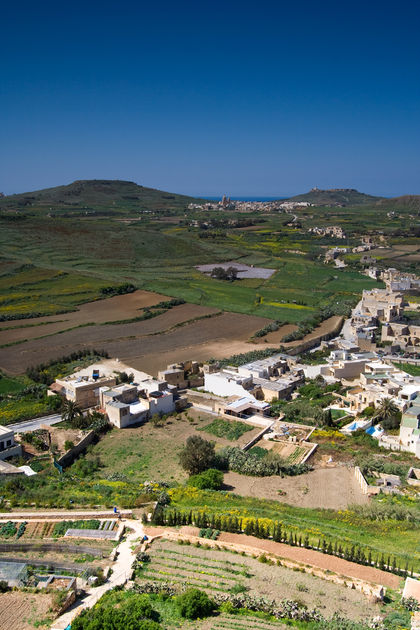
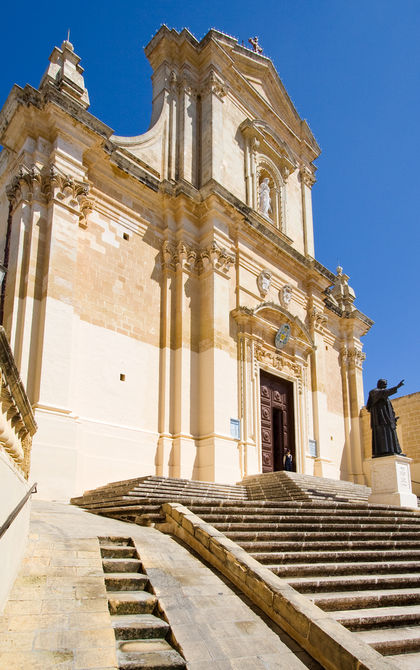
Some shots from part of a family trip in 2008 that took in the US, Britain and bits of Europe (alas the highly planned and anticipated Italian section was cut short by a boy with a stomach complaint that cleared up 24 hours after we abandoned our plans).
But these shots are from Gozo, the smaller, less tourist developed island of the Malta group (not that Malta could be described as overly touristy).
-
ChrisW, in reply to
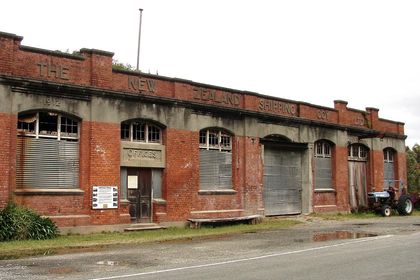
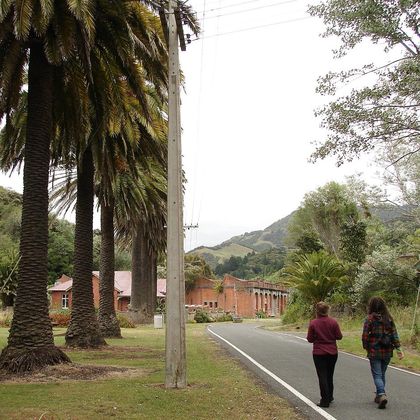
Don't leave home till you've seen the country… We had a fantastic caravan expedition to the Coromandel and East Cape a couple of years ago. This one was taken at Tologa Bay.
Thoroughly agree, and great to see this inclusion of the far-off exotic land of the East Coast. The map would spell it Tolaga Bay, but these apparently “new offices” of The New Zealand Shipping Coy Ltd are instead at the Waima end of Tokomaru Bay, a little further north of Gisborne.
A small part of an extensive warehouse and woolstore, new in 1912.The boss’s house at left, through the phoenix palms, from half way along the former tramline connecting the warehouse to the wharf.
-
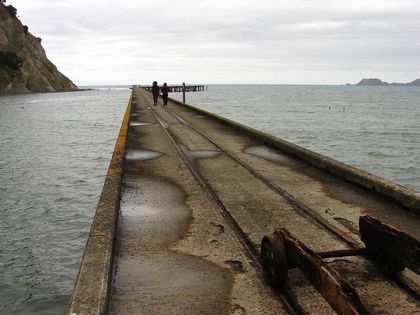
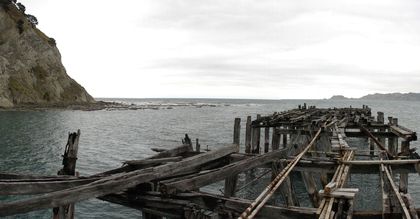
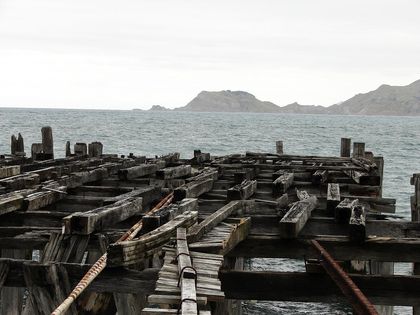
Here the Tokomaru wharf in its upgraded 1939/40 form. The much better known 1929 wharf at Tolaga Bay, now restored, is more than twice as long …
but less interesting I reckon.
Tokomaru Bay’s southern headland beyond is Te Mawhai, pretty interesting too. These photos in December 2010 – work was underway to make the remains of the timber business end of the wharf ‘safer’.
-
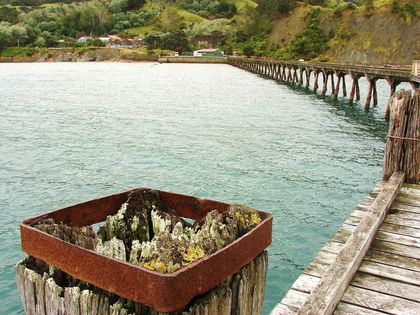
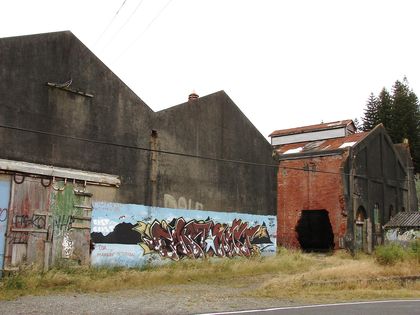

The wharf to service the freezing works, which was conceived in 1909, built mainly in 1910 on "the most up-to-date principles", and operated from Jan 1911 until 1952 when it was by-passed by the changes in transport infrastructure, starting with practical roads.
A small part of the seaward façade of the works – layers of history on top of the 1 million-plus bricks used to build the works (and a few more in 1912 for the Shipping Coy etc.) all made on the spot with the on-site clay. More straightforward and cheaper then than shipping them in.
The graf art spells EAST COAST, on a background of pale blue matching the shade sported by the East Coast Rugby Union.The eyes of history looking in – or is it out? – to/from the boiler room.
-
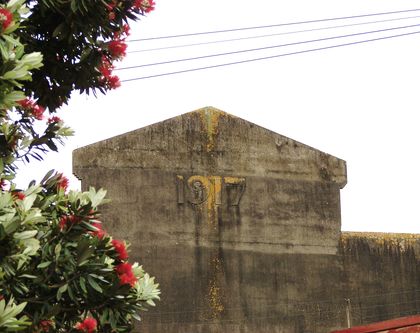
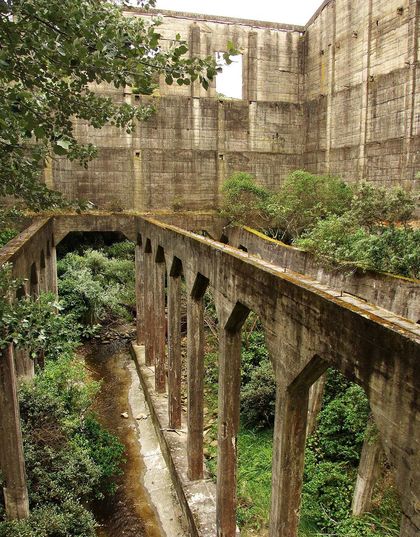

Soon an extension doubling the frozen storage capacity was needed – there was a war on in Europe, demand for the frozen mutton was intense, prices good, but it was hard to organise regular shipping.
So they built it out over the adjacent stream on 6-8-metre concrete columns, no trouble.
Other visitors.
-
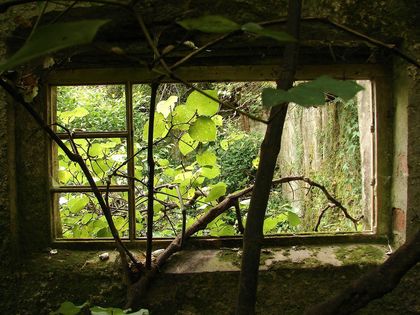
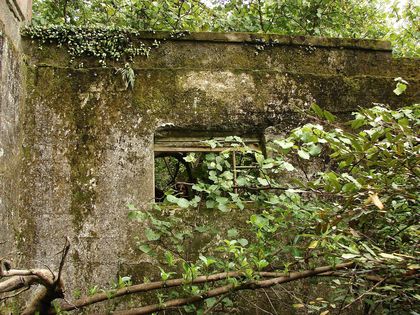
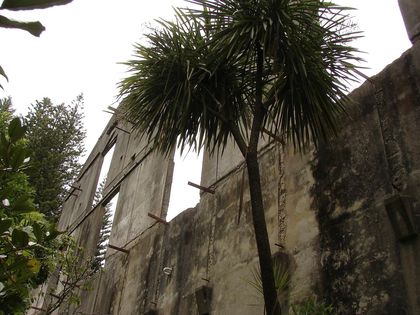
Parts of ancillary buildings out the back with indoor-outdoor flow
somehow express the spirit of workers past
integrated with ongoing ecology.
The features of this historic precinct are recognised by the Historic Places Trust, but oddly it describes the freezing works asan industrial ruin. It is a rich statement about the failures of the promise of capitalism,
– which is a bit rich –
and an escape from the predictability, sameness and sense of control [generally] found in the built environment.
Fairenough. But to return to the beginning, I strongly suspect a typical Aucklander’s perception of Tokomaru Bay’s relative remoteness/
inaccessibility today would be greater than it was 100 years ago when sea travel around the North Island and northern South Island at least was still the norm. -
JacksonP, in reply to
So they built it out over the adjacent stream on 6-8-metre concrete columns, no trouble.
I really like all these Chris. Abandoned histories have a special resonance, somehow. And while I don't think they quite reflect what the Historic places trust says, they have a forlorn beauty about them.
Cheers.
-
Nora Leggs, in reply to
-
Ian Dalziel, in reply to
Look upon my Works...
...buildings out the back with indoor-outdoor flow
...are you sure we're not in Guatemala now, Dr...?
Great images Chris,
they capture two timescales eloquently!
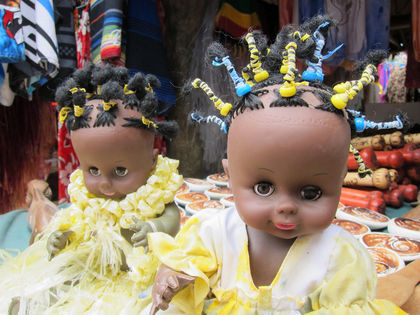
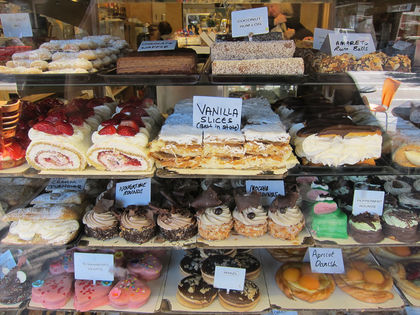
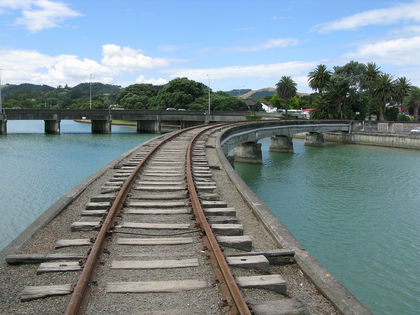
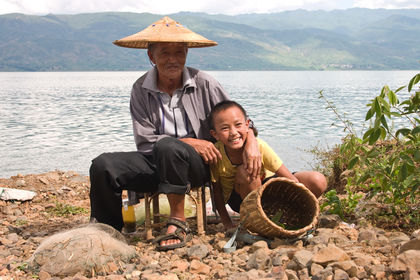
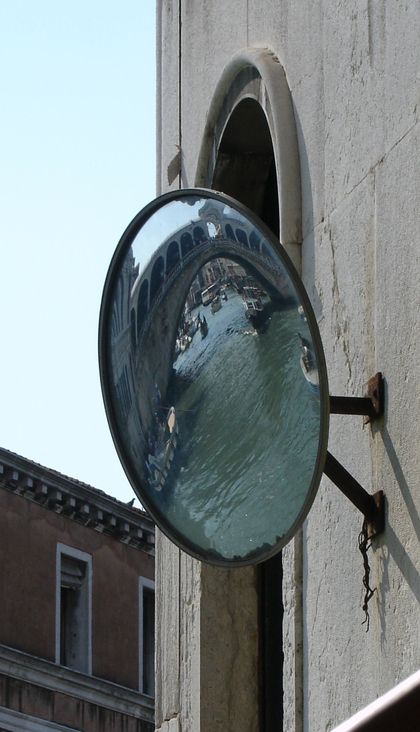
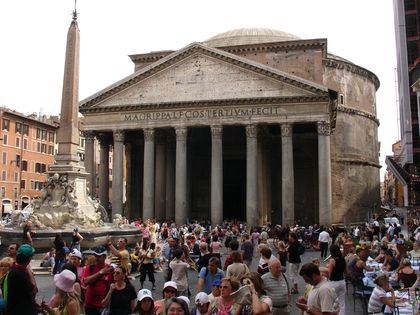

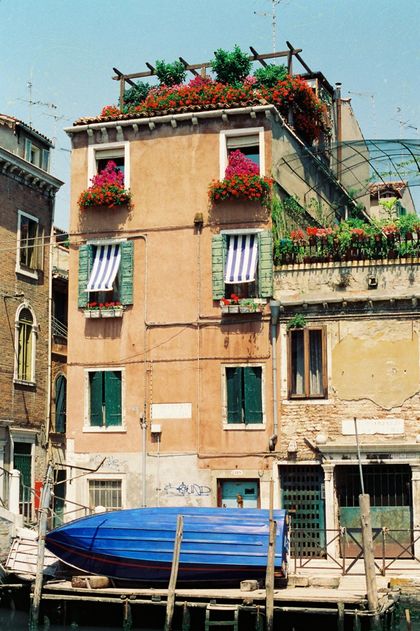
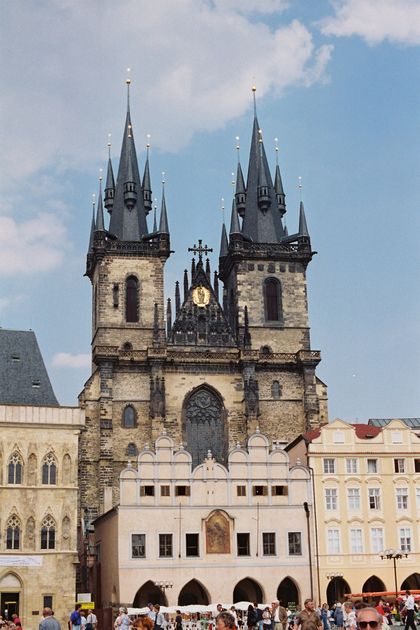
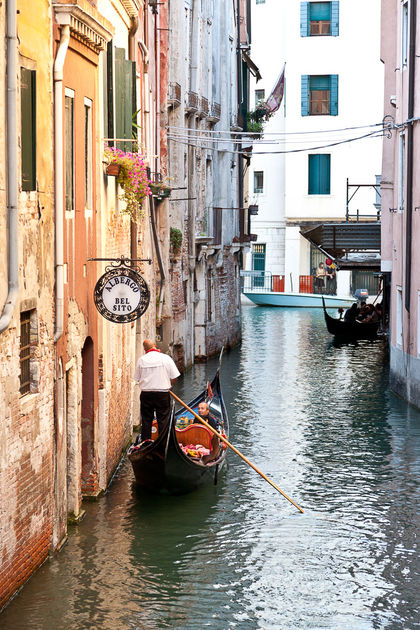
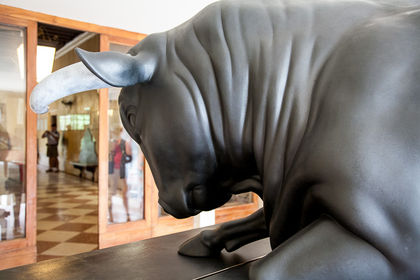
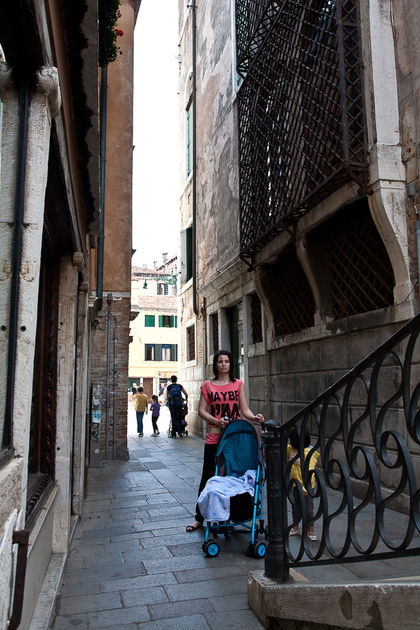
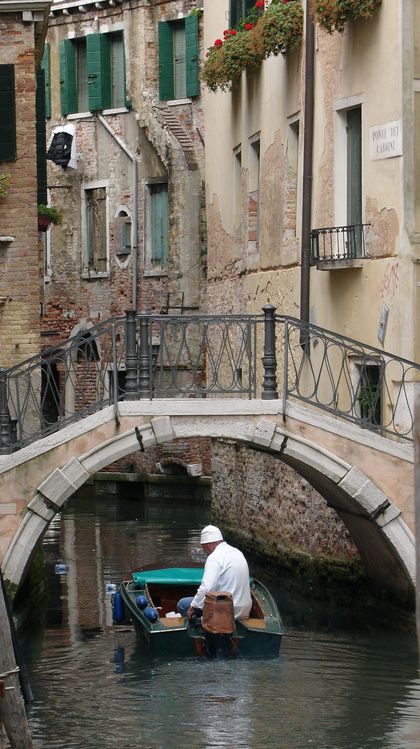
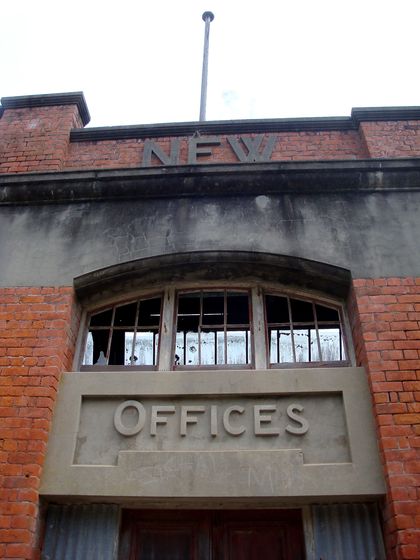
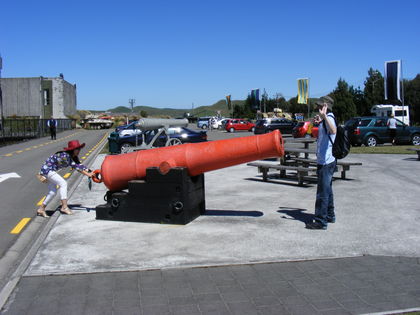
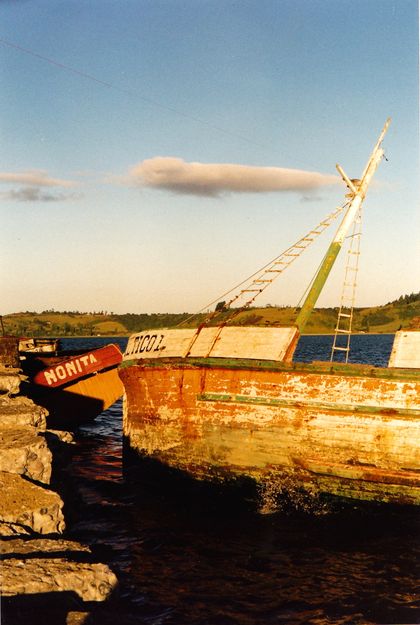

















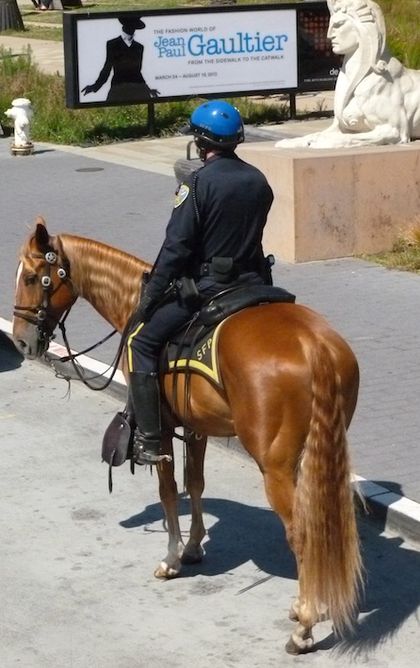
Post your response…
This topic is closed.